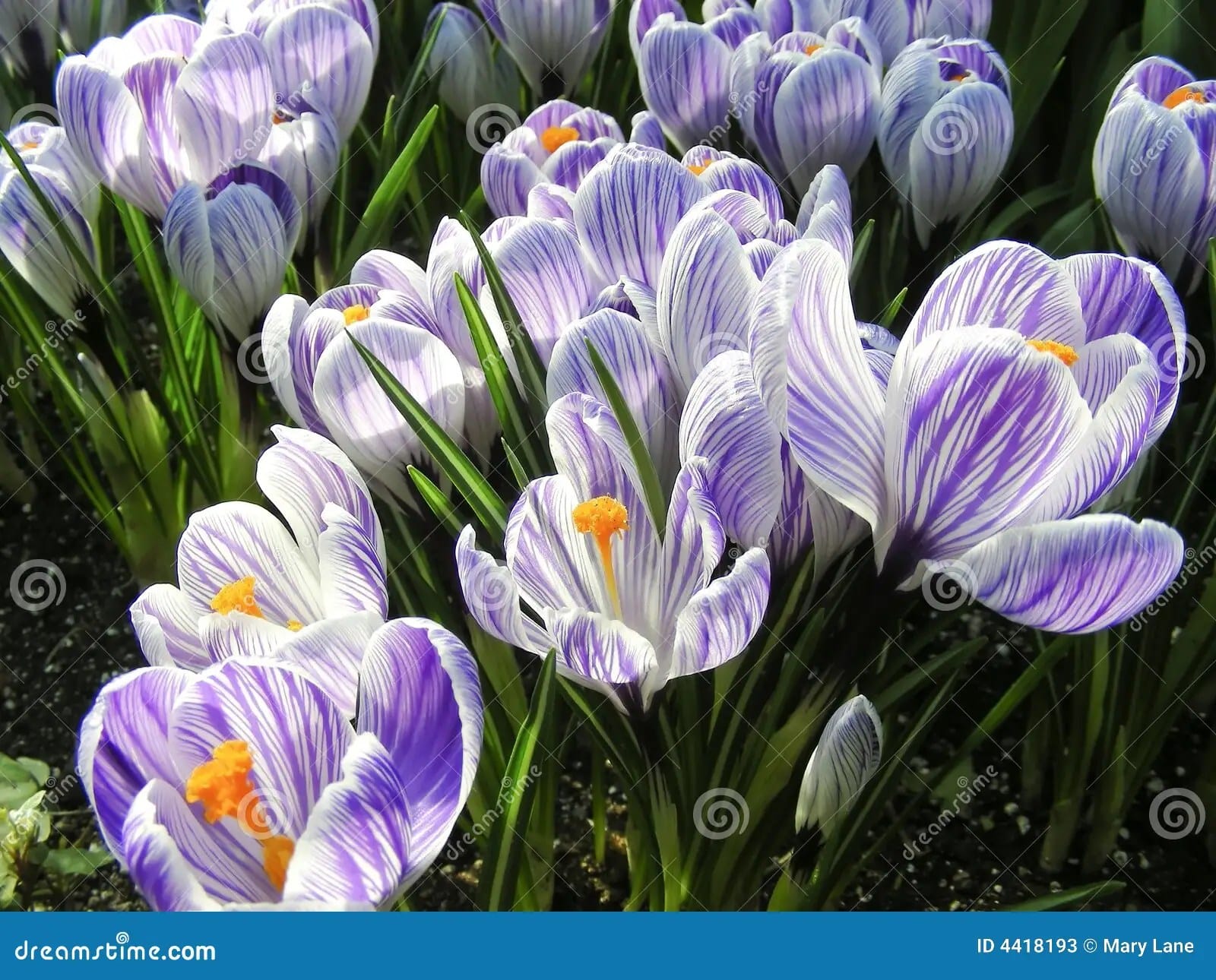Crocuses—those vibrant bursts of color that emerge as the world awakens—are truly captivating. This guide offers a comprehensive exploration of everything crocus, from their delicate appearance and diverse varieties to their rich history and practical cultivation tips. Whether you’re a seasoned gardener or simply curious about these small wonders, this guide will provide valuable insights and inspire you to cultivate your own crocus paradise.
Unveiling the Charm of Crocuses
Crocuses, cheerful harbingers of spring (and sometimes autumn!), belong to the Iridaceae family, alongside the elegant irises. Originating from regions spanning the Mediterranean to western China, these low-growing perennials emerge from corms, showcasing a stunning array of colors. From pristine white and sunny yellow to vibrant orange and deep purple, crocuses paint the landscape with their delicate, cup-shaped blooms. But beneath their beauty lies a rich tapestry of history, woven into art, medicine, and even culinary traditions.
Cultivating Your Crocus Haven
Fortunately, cultivating these resilient blooms is relatively straightforward. Crocuses thrive in well-drained soil and bask in the warmth of sunlight. When planting the corms in the fall, envision tucking them into bed rather than burying them alive—the general rule is to plant them at a depth two to three times their height. Water them regularly, especially during dry spells, but avoid overwatering, which can lead to rot. A balanced fertilizer applied in the spring can further encourage vibrant blooms.
Exploring the Rainbow of Crocus Varieties
From the early spring blooms of Crocus tommasinianus, blanketing the ground like confetti, to the autumnal beauty of Crocus speciosus, there’s a crocus for every season and preference. And of course, there’s the renowned Crocus sativus, the source of the prized spice, saffron. Each variety possesses its own unique charm, reflecting the remarkable diversity within the Crocus genus.
| Crocus Type | Bloom Time | Color(s) | Special Features |
|---|---|---|---|
| C. tommasinianus | Early Spring | Lavender, lilac | Naturalizes readily, forming expansive colonies. |
| C. chrysanthus | Early Spring | Yellow, white, blue | Delicate blooms with a sweet fragrance. |
| C. vernus | Spring | Purple, white, striped | Offers many large-flowered cultivars. |
| C. sativus | Autumn | Lilac | The source of saffron. |
| C. speciosus | Autumn | Blue-violet | Notable for its large blooms. |
| C. pulchellus | Autumn | Pale lilac | Blooms late in the season with delicate, ethereal flowers. |
Saffron: A Golden Thread Through History
The vivid crimson threads of saffron, meticulously gathered from the dried stigmas of Crocus sativus, possess a captivating history. Ancient Minoan frescoes and the writings of Theophrastus testify to its use centuries ago. Once valued as currency and a vibrant dye, this precious spice now imparts its unique flavor and golden hue to dishes worldwide. The delicate, hand-picked harvest of saffron underscores the enduring allure of this “golden” spice.
Beyond Beauty: The Hidden Talents of Crocuses
Crocuses offer more than just visual appeal. Historically, some species served as a food source in certain cultures. Ongoing research continues to explore their potential health benefits, particularly the carotenoids found in C. sativus, which may exhibit anticancer properties. From garden ornament to potential medical marvel, the crocus continues to surprise and intrigue. Discover the ideal brats internal temp for a perfect grilling experience.
Troubleshooting Crocus Cultivation
While generally low-maintenance, crocuses can encounter occasional challenges. Pests like mice and squirrels may find the corms irresistible. Physical barriers or repellents may help deter these unwelcome visitors. Excessive moisture can lead to corm rot, highlighting the importance of well-drained soil. Avoiding overwatering is key to ensuring healthy crocus growth. With proper care, these delightful blooms will reward you with their vibrant display year after year.
Crocuses or Croci: Unraveling the Plural Puzzle
The plural of “crocus” presents an interesting linguistic nuance. Both “crocuses” and “croci” are acceptable, though “crocuses” is the more common and preferred form in everyday English. “Croci,” derived directly from the Latin name Crocus, is typically reserved for formal or scientific contexts.
“Crocuses”: The Everyday Choice
For general conversations and garden discussions, “crocuses” is the natural and readily understood plural. It follows standard English pluralization rules, simply adding “-es” to the singular form. Learn more about the fascinating cassowary egg.
“Croci”: The Latin Legacy
“Croci” carries a touch of formality, reflecting the plant’s scientific roots. Its use is more likely to be encountered in botanical journals, scientific papers, or specialized horticultural discussions.
“Simply put, ‘crocuses’ is the standard plural form of ‘crocus’ while ‘croci’ follows Latin pluralization rules and is only used in specific contexts.” – Shuncy
Ultimately, the choice between “crocuses” and “croci” depends on the context. “Crocuses” serves as the versatile, everyday plural, while “croci” adds a touch of scientific precision in specialized settings.
Do Crocuses Return Every Year?
Yes, crocuses are perennials, meaning they return year after year, often multiplying to create an even more vibrant display over time. However, this assumes they are grown in appropriate hardiness zones and provided the right growing conditions. This perennial nature is enabled by the crocus corm, which stores nutrients and energy during dormancy, enabling the plant to regenerate each season. It’s important to refrain from cutting back the foliage after blooming, as this replenishes the corm’s energy reserves for the following year. While climate plays a role, ongoing research explores the specific needs of different varieties, suggesting that certain species may have specific environmental preferences.
What is a Crocus Plant?
Crocuses are low-growing, perennial plants belonging to the Iridaceae family. Growing from corms, they produce cup-shaped flowers that come in a delightful array of colors. These vibrant blooms typically herald the arrival of spring, although some species grace us with their presence in the fall. The Crocus genus boasts nearly 100 species, offering a remarkable diversity of colors and bloom times. From the prized Crocus sativus, the source of saffron, to the numerous ornamental varieties that adorn gardens worldwide, crocuses are celebrated for their beauty and resilience. They prefer well-drained soil and sunny locations, making them relatively easy to cultivate, even for novice gardeners.
- Revolution Space: Disruptive Ion Propulsion Transforming Satellites - April 24, 2025
- Race Through Space: Fun Family Game for Kids - April 24, 2025
- Unlocking the Universe: reading about stars 6th grade Guide - April 24, 2025

















1 thought on “Crocus: A Comprehensive Guide to History, Varieties, and Cultivation”
Comments are closed.